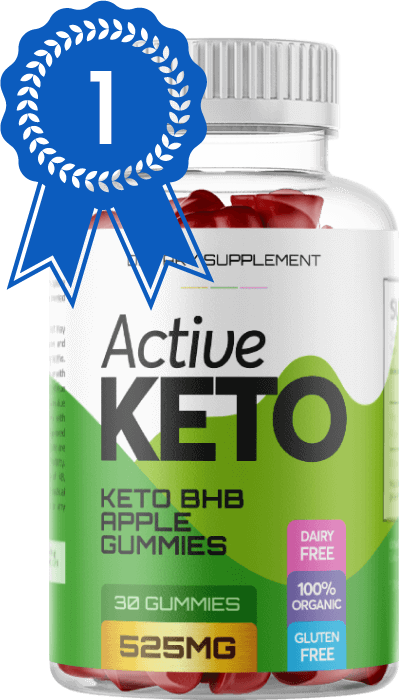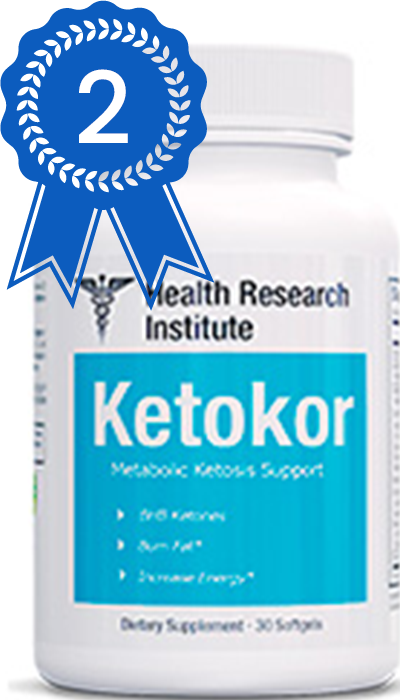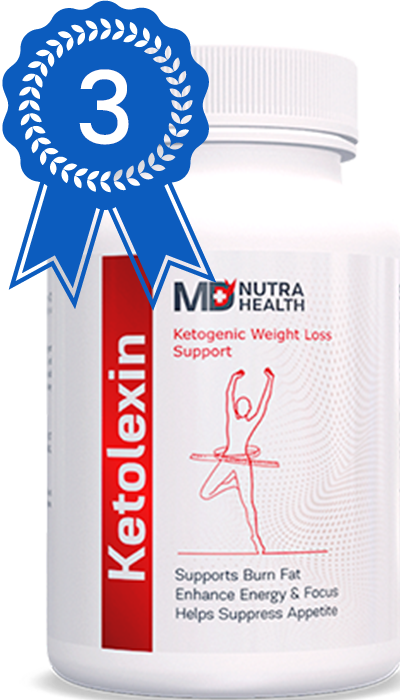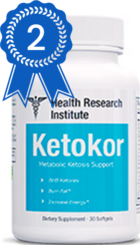
Understanding Ketosis: A Comprehensive Overview
If you’re engaged in health and wellness activities, or you have loved ones who are, the term ‘keto diet’ is likely familiar to you. This diet, officially known as the ketogenic diet, has emerged as one of the most contentious and trendy weight loss methods. Whether it’s discussed in a diet manual, a television program, or in the context of a new supplement, the ‘keto’ trend is ubiquitous.
However, an essential aspect that often remains concealed is that it’s not a one-size-fits-all diet. Unlike relatively lenient diets such as the South Beach Diet and the Atkins Diet, the ketogenic diet is rigorous and isn’t designed for those seeking a gentle approach.
So, what constitutes the ketogenic diet? To elucidate that, we need to delve into the mechanism of keto and its proposed benefits. Ordinarily, the body converts carbohydrates into glucose (sugar) to use as fuel. When carbohydrates are absent, the body resorts to the next available source: body fat. The liver begins to process fat cells, converting them into entities called ketone bodies that substitute glucose as the body’s energy source. This metabolic state is known as ‘ketosis,’ the cornerstone of the ketogenic diet. The objective for dieters is to precipitate ketosis in their bodies by drastically curtailing carbohydrate intake, compelling their bodies to burn fat cells and, thus, shed weight.
This might appear to be another typical low-carb diet, right? The type that suggests reducing your intake of bread, pasta, and potatoes, and voila. However, how much can it really deviate?
The reality is, it deviates significantly. The ketogenic diet takes carbohydrate restriction to an entirely different magnitude. Health experts suggest that to attain ketosis, one should limit their daily carbohydrate intake to between 20 and 50 grams. Does that sound feasible? For perspective, a single banana harbors 27 grams of carbohydrates. Reflect on this: merely consuming one banana would nearly deplete your daily carbohydrate allowance.
How do you adhere to such a rigorous diet, especially when even common fruits can surpass the limit? And how can you evade the common mistakes that others have encountered?
Record everything. The era of solely tracking calories has passed. Using your preferred dietary tracking tool, familiarize yourself with the nutritional value of each food item you consume, with a particular emphasis on carbohydrates. Tally them, ensuring you don’t exceed 50 grams in a day.
Plan ahead. Navigating a challenging diet like this doesn’t leave room for spontaneity. Planning your meals and snacks in advance is imperative to ensure adequate intake of fats and proteins while maintaining the carbohydrate restriction. Without planning, you may inadvertently consume inappropriate food, derailing your progress.
Incorporate a multivitamin. Carbohydrate restriction implies forgoing crucial vitamin and mineral sources. Zinc, magnesium, potassium, and vitamin B are primarily found in whole grains and carbohydrate-rich vegetables – food items you’re expected to eliminate from your diet entirely. Hence, ensure your diet is supplemented with these essential nutrients, or you may risk malnutrition.
Prepare for the ‘keto flu.’ Although not a traditional ‘flu’ triggered by a virus, the keto flu can leave you debilitated. It typically manifests as nausea, fatigue, and irritability about a week into the keto diet. If you experience these symptoms, consider easing into the diet gradually, permitting your body to adjust instead of diving in headfirst.
Recognize when to halt. Unlike enduring diets like the DASH Diet or the Mediterranean Diet, the ketogenic diet is intended for short-term use – it’s not a permanent lifestyle modification. Understand your weight loss targets and once achieved, gradually transition out of the keto diet. Extended adherence to this diet could have adverse effects on your body, and its long-term safety remains unclear.
So, these are the five basic guidelines for undertaking a ketogenic diet. While this challenging diet may not suit everyone, some have found it beneficial in facilitating weight loss, enhancing energy, and improving overall wellbeing. If you’re considering this diet, it’s advisable to consult a healthcare professional before starting, and ensure you adhere to the aforementioned rules. These guidelines may help you steer clear of common pitfalls and set you on the path to success.”
Senior Editor:

“84% of keto supplements selected for testing did not pass the quality test! Our team have compiled a list of what we have found to be the top five products in this category on the market today.”
Our Main Sources:



2023's Top Keto Supps

Active KETO
Customer Rating:

Expert Rating:
4.9/5.0

Natural Ingredients

No Side Effects

Good Price

Ketokor
Customer Rating:

Expert Rating:
4.9/5.0

Natural Ingredients

No Side Effects

Good Price

Ketolexin
Customer Rating:

Expert Rating:
4.9/5.0

Natural Ingredients

No Side Effects

Good Price
Editor's Choice:
#1 Active KETO – 4.9/5.0
#2 Ketokor – 4.9/5.0
#3 Ketolexin – 4.9/5.0
#4 Active KETO – 4.9/5.0
#5 Active KETO – 4.9/5.0

Understanding Ketosis: A Comprehensive Overview
If you’re engaged in health and wellness activities, or you have loved ones who are, the term ‘keto diet’ is likely familiar to you. This diet, officially known as the ketogenic diet, has emerged as one of the most contentious and trendy weight loss methods. Whether it’s discussed in a diet manual, a television program, or in the context of a new supplement, the ‘keto’ trend is ubiquitous.
However, an essential aspect that often remains concealed is that it’s not a one-size-fits-all diet. Unlike relatively lenient diets such as the South Beach Diet and the Atkins Diet, the ketogenic diet is rigorous and isn’t designed for those seeking a gentle approach.
So, what constitutes the ketogenic diet? To elucidate that, we need to delve into the mechanism of keto and its proposed benefits. Ordinarily, the body converts carbohydrates into glucose (sugar) to use as fuel. When carbohydrates are absent, the body resorts to the next available source: body fat. The liver begins to process fat cells, converting them into entities called ketone bodies that substitute glucose as the body’s energy source. This metabolic state is known as ‘ketosis,’ the cornerstone of the ketogenic diet. The objective for dieters is to precipitate ketosis in their bodies by drastically curtailing carbohydrate intake, compelling their bodies to burn fat cells and, thus, shed weight.
This might appear to be another typical low-carb diet, right? The type that suggests reducing your intake of bread, pasta, and potatoes, and voila. However, how much can it really deviate?
The reality is, it deviates significantly. The ketogenic diet takes carbohydrate restriction to an entirely different magnitude. Health experts suggest that to attain ketosis, one should limit their daily carbohydrate intake to between 20 and 50 grams. Does that sound feasible? For perspective, a single banana harbors 27 grams of carbohydrates. Reflect on this: merely consuming one banana would nearly deplete your daily carbohydrate allowance.
How do you adhere to such a rigorous diet, especially when even common fruits can surpass the limit? And how can you evade the common mistakes that others have encountered?
Record everything. The era of solely tracking calories has passed. Using your preferred dietary tracking tool, familiarize yourself with the nutritional value of each food item you consume, with a particular emphasis on carbohydrates. Tally them, ensuring you don’t exceed 50 grams in a day.
Plan ahead. Navigating a challenging diet like this doesn’t leave room for spontaneity. Planning your meals and snacks in advance is imperative to ensure adequate intake of fats and proteins while maintaining the carbohydrate restriction. Without planning, you may inadvertently consume inappropriate food, derailing your progress.
Incorporate a multivitamin. Carbohydrate restriction implies forgoing crucial vitamin and mineral sources. Zinc, magnesium, potassium, and vitamin B are primarily found in whole grains and carbohydrate-rich vegetables – food items you’re expected to eliminate from your diet entirely. Hence, ensure your diet is supplemented with these essential nutrients, or you may risk malnutrition.
Prepare for the ‘keto flu.’ Although not a traditional ‘flu’ triggered by a virus, the keto flu can leave you debilitated. It typically manifests as nausea, fatigue, and irritability about a week into the keto diet. If you experience these symptoms, consider easing into the diet gradually, permitting your body to adjust instead of diving in headfirst.
Recognize when to halt. Unlike enduring diets like the DASH Diet or the Mediterranean Diet, the ketogenic diet is intended for short-term use – it’s not a permanent lifestyle modification. Understand your weight loss targets and once achieved, gradually transition out of the keto diet. Extended adherence to this diet could have adverse effects on your body, and its long-term safety remains unclear.
So, these are the five basic guidelines for undertaking a ketogenic diet. While this challenging diet may not suit everyone, some have found it beneficial in facilitating weight loss, enhancing energy, and improving overall wellbeing. If you’re considering this diet, it’s advisable to consult a healthcare professional before starting, and ensure you adhere to the aforementioned rules. These guidelines may help you steer clear of common pitfalls and set you on the path to success.”
Senior Editor:

“84% of keto supplements selected for testing did not pass the quality test! Our team have compiled a list of what we have found to be the top five products in this category on the market today.”
Our Main Sources:



2023's Top Keto Supps

Active KETO
Customer Rating:

Expert Rating:
4.9/5.0
Natural Ingredients
No Side Effects
Good Price

Ketokor
Customer Rating:

Expert Rating:
4.9/5.0
Natural Ingredients
No Side Effects
Good Price

Ketolexin
Customer Rating:

Expert Rating:
4.9/5.0
Natural Ingredients
No Side Effects
Good Price
Editor's Choice:
#1 Active KETO – 4.9/5.0
#2 Ketokor – 4.9/5.0
#3 Ketolexin – 4.9/5.0
#4 Active KETO – 4.9/5.0
#5 Active KETO – 4.9/5.0

HealthSupps LLC. 1309 Coffeen Avenue STE 1200 Sheridan, WY 82801
Terms and Conditions – Privacy Policy – Disclaimer Contact us: support@healthsupps.com
*These statements have not been evaluated by the Food and Drug Administration. These products are not intended to diagnose, treat, cure, or prevent any disease. Individual results may vary. Check with your physician before beginning a supplement program. Legal Disclaimer: The information provided on this site is intended for your general knowledge only and is not a substitute for professional medical advice or treatment for specific medical conditions. Always seek the advice of your physician or other qualified health care provider with any questions you may have regarding a medical condition.

